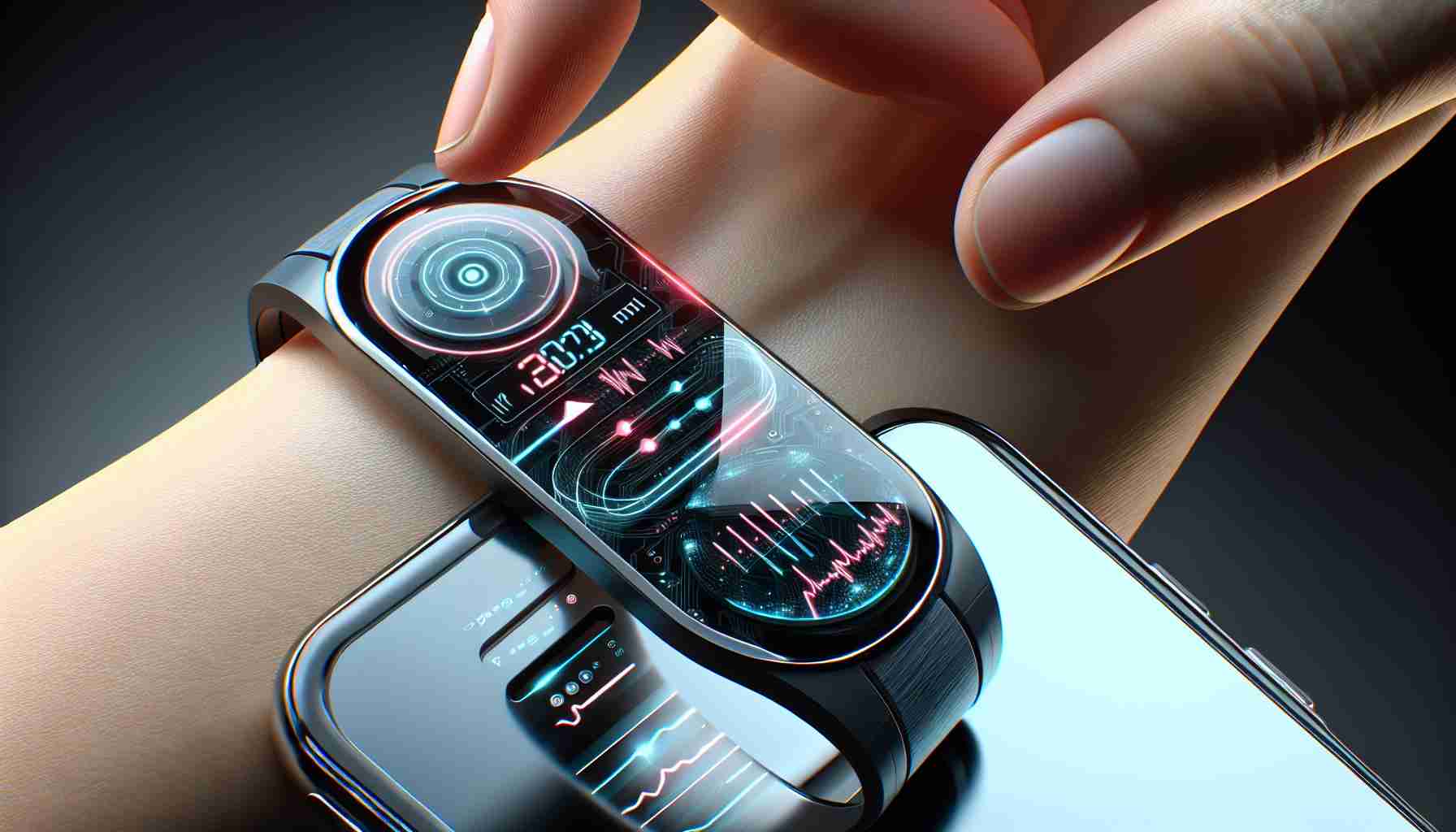- Caltech engineers have developed innovative, wearable sweat sensors using inkjet printing technology.
- These sensors continuously monitor health biomarkers, including vitamins, hormones, and chemotherapy drug levels.
- Real-time data from these sensors enables better health monitoring and management for patients.
- Core-shell cubic nanoparticles play a crucial role in detecting specific molecules through unique electrical signals.
- This technology represents a significant advancement towards personalized medicine, enhancing treatment for conditions like cancer and beyond.
- Future developments promise to refine the technology and expand its applications in individualized health care.
Imagine a world where health care is tailored just for you, instantly adjusting to your body’s needs. This exciting future could soon become a reality, thanks to groundbreaking technology developed by Caltech engineers. They have pioneered a method for inkjet printing arrays of nanoparticles that create durable, wearable sweat sensors. These innovative sensors continuously track important health biomarkers such as vitamins, hormones, and even chemotherapy drug levels.
What sets these sensors apart is their ability to provide real-time data, enabling individuals to monitor their health like never before. In recent trials, the technology was used to assess metabolites in patients with long COVID and chemotherapy drug levels in cancer patients, revealing a new frontier in medical monitoring.
At the heart of these sensors are core-shell cubic nanoparticles designed to trap target molecules. They work their magic when sweat or bodily fluids interact with a special nickel hexacyanoferrate core, generating a unique electrical signal. This signal fluctuates depending on the presence of specific molecules, which means that a simple glance at a device could inform patients and doctors about vital health metrics.
This breakthrough signifies a leap towards personalized medicine, not only for cancer treatment but across various health conditions. With the ability to monitor different molecules simultaneously, these sensors pave the way for real-time health data that could dramatically transform patient care. As researchers continue to refine this technology, the dream of individualized health management becomes closer to reality.
Revolutionizing Health Monitoring: The Future of Tailored Care is Here!
Introduction
The landscape of health monitoring is evolving with the introduction of innovative sweat sensors designed by Caltech engineers. These lightweight, wearable devices utilize advanced technology to provide continuous health data, promising to change how individuals and healthcare providers manage health conditions.
Key Features of the Wearable Sweat Sensors
1. Real-Time Biomarker Monitoring: These sensors allow for the continuous tracking of critical biomarkers, including vitamins, hormones, and drug levels. This immediate feedback can lead to timely medical interventions.
2. Innovative Technology: The use of inkjet printing for creating nanoparticle arrays enables mass production of these sensors while maintaining durability and accuracy in readings.
3. Comprehensive Health Insights: By analyzing sweat composition, these sensors can monitor multiple health parameters simultaneously, providing holistic insights into an individual’s health status.
Pros and Cons
Pros:
– Non-invasive Monitoring: Unlike blood tests, sweat sensors provide a pain-free way to gather health data.
– Personalized Health Management: Tailored data can lead to personalized medicine, improving patient outcomes.
– Accessibility: Wearable technology is easy to use and can be widely accessible to patients without frequent clinic visits.
Cons:
– Data Privacy Concerns: Continuous monitoring raises questions about how health data is stored and used.
– Accuracy Issues: While promising, the accuracy of sweat analysis compared to traditional methods is still under investigation.
– Market Acceptance: Adoption by healthcare providers and patients may take time.
Limitations
– Environmental Factors: Factors like temperature and humidity may affect sweat composition and, consequently, data accuracy.
– Sensor Longevity: Over time, the effectiveness and reliability of sensors can diminish, necessitating replacements.
Pricing and Market Trends
The cost of these wearable sensors is anticipated to be competitive as production scales up. Current market forecasts predict a significant growth in wearable health technology, driven by consumer demand for personalized health insights. Analysts suggest that the market for wearable health devices could grow by over 20% in the next five years, reflecting widespread acceptance and reliance on such technologies.
Use Cases
1. Cancer Treatment Monitoring: These sensors can help cancer patients track chemotherapy drug levels, ensuring their treatment is effective.
2. Chronic Illness Management: Patients with conditions like diabetes or long COVID can benefit from continuous monitoring for better disease management.
3. Sports and Fitness Tracking: Athletes can monitor hydration and electrolyte levels, optimizing performance and recovery.
Security Aspects
As these devices collect sensitive health data, ensuring data security and user privacy is paramount. Manufacturers must implement robust encryption and comply with healthcare regulations to protect users’ personal information.
Predictions for the Future
Looking ahead, we can expect advancements in sensor technology to improve accuracy and expand capabilities. The integration of AI and machine learning could enhance data interpretation, making personalized health management even more sophisticated.
Related Questions
Q1: How do wearable sweat sensors work?
A1: Wearable sweat sensors operate by using core-shell cubic nanoparticles that generate electrical signals when they come into contact with specific biomolecules in sweat, indicating the presence and concentration of those molecules.
Q2: What are the implications of real-time health data collection?
A2: Real-time health data collection may revolutionize patient care by allowing for timely interventions, personalized treatments, and improved management of chronic conditions, shifting the healthcare model from reactive to proactive.
Q3: Are wearable sweat sensors safe to use?
A3: Yes, these sensors are designed to be safe and non-invasive, posing minimal risk to users. However, as with any medical device, ongoing monitoring and regulation are essential to maintain safety and efficacy.
For further information on these groundbreaking technologies, visit Caltech.













